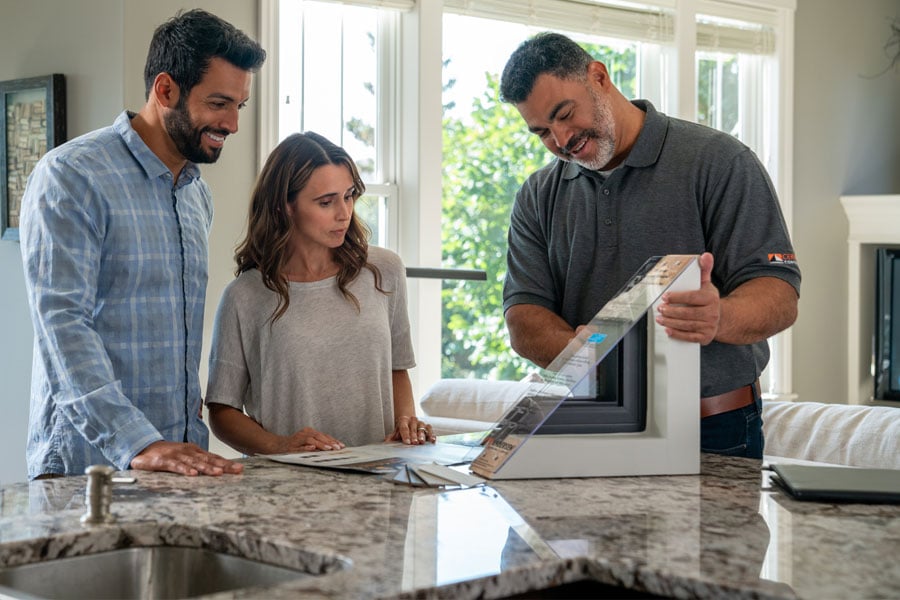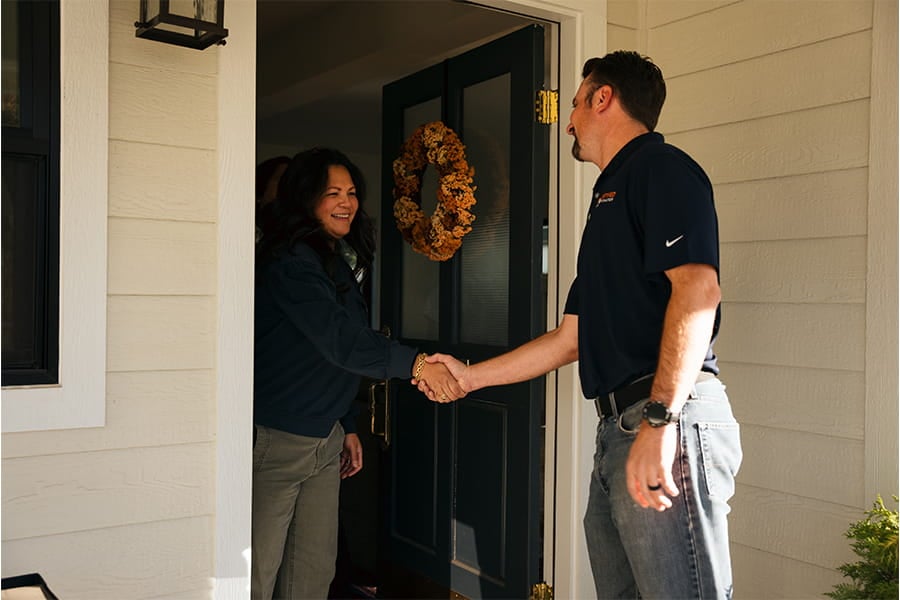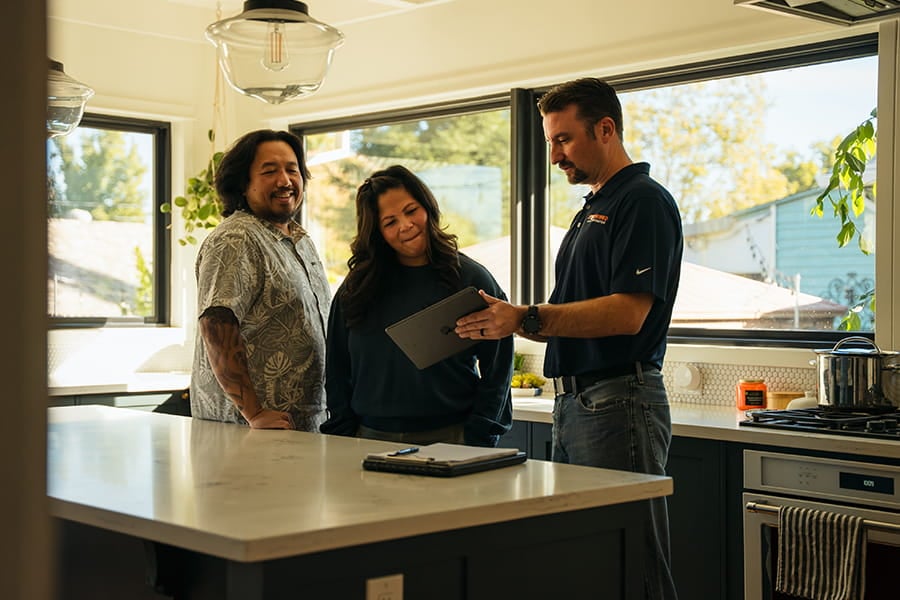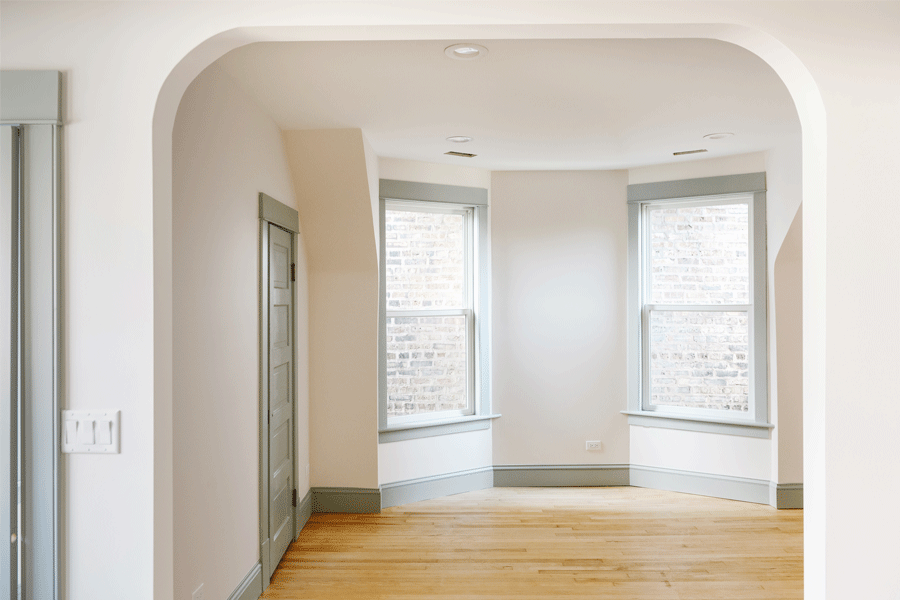Tips
How getting replacement windows works

Window replacement might be a project you take on only once in your life. We’re here to guide you through the major milestones in a typical window replacement project, so you know what to expect and when.
1. Develop a vision
The better you understand what you want, the better direction you’ll be able to give your contractor and the better they’ll be able to deliver an end result that meets your expectations. So, knowing what you want is important, but it can also be a challenge to figure out. Not to worry, we’ve got a process that will help you start developing a vision. Check out 3 steps for choosing the right windows for your project. And remember, you don’t have to have every detail figured out. If you can work out your priorities, your contractor will be able to help you land on the exact right products.
Want to take it slow? Find lots of beautiful inspiration in the Projects section of our blog or visit our Pinterest page.

Developing a vision is key to a successful window replacement project. The better you understand what you want and convey it to your contractor, the better the results will be.
2. Research contractors
Window and door installation is a specialty within the contracting field, so ideally you’d find a contractor who focuses on this area. In addition to the right experience, you’re also looking for someone who makes you feel comfortable and heard. The best way to find such a contractor is by meeting with a few and talking to them. Here are a few ways to start identifying good candidates:
- Ask friends, family, and neighbors who have been through the process for a recommendation.
- Check out ratings and reviews from the Better Business Bureau, Google, and Angi (formerly Angie’s List).
- Find an Andersen Certified Contractor in your area. These contractors not only have window installation experience, but they also know our product, and they meet certain requirements that help protect homeowners, such as carrying insurance.
Get all our tips for finding the best contractor for your project.

Window installation is a specialty field within contracting, so you want to find a contractor with experience in this area.
3. Meet with contractors
Once you find a few potential contractors, your next step is to set up meetings with them at your home. The first meeting is an opportunity for you to explain your needs and interview the contractor. Here are some things you’ll want to do during this first meeting:
- Show them your windows and explain the problem or problems.
- Explain your vision for your new windows.
- Tell them what your budget is for the project.
- Ask them about their product recommendations. It will be easier for them to make a good recommendation if you share your vision and your budget.
- Ask them about their experience and qualifications.
To make these meetings easier, we have a list of the top questions you should ask your contractor.

The first meeting with a contractor is an opportunity for you to explain your needs and interview the contractor.
4. Evaluate bids
After you’ve met with the contractor and discussed the context of the project, the next step is for them to send you a written bid. A quality bid will include a few key elements:
- Description of the work.
- Details about the product that will be installed.
- Project costs including costs for permits (if the contractor is responsible for pulling those).

A good bid should be sent to you in writing and include key details related to the project.
5. Sign a contract
Once you’ve decided on a contractor and agreed on the right products for your home, you’ll sign a contract. Here are a few key pieces of information that should be included in the contract:
- A description of the work to be done.
- The total price for the project, or details about how the total price will be calculated.
- The terms of payment, including when payments are due.
- A note stating that any changes to the contract will be made in writing and signed off on by the homeowner.
Sometimes, a timeline detailing what will be done when, and what happens if the contractor doesn’t meet those expectations, will also be included.

Once you’ve found a contractor you like and decided on the right windows for your home, the next step is signing a contract.
6. Contractor will take technical measurements
Before a contractor can order your windows, they need to take precise measurements. This will allow them to order the right size windows. It’s likely your contractor took measurements during their initial visit to your home. Those measurements were needed to create an accurate bid. The measurements needed to order windows will be more technical. Here are a few things to be aware of:
- Depending on the size of the company you contract with, the person who comes to take technical measurements might not be the same person who came to your home for the initial meeting. It can be a good idea to ask who will be in your home and when during the first meeting — here’s a list of more questions to ask in that meeting.
- The trim (or casing) around your windows might need to be removed to take accurate measurements. Often, trim is replaced when windows are installed, but it can sometimes be preserved when you get insert replacement windows.

Before ordering your windows, your contractor will come to your home to take technical measurements.
7. Window installation day
It’s the day you’ve been anticipating since the start. To make the process as seamless as possible, there are a few steps you’ll want to take to prepare your home and your family.
- Contact your contractor a few days in advance to confirm details.
- Create a plan for kids and pets.
- Get all the details on how to prepare for window replacement day.

Clearing the space around your windows, making a plan for kids and pets, and other steps taken in advance can make window installation day more seamless.
8. Final walk-through with contractor
Once the installation is complete, your contractor should take you on a walk-through. This is when they’ll show you the completed work. It’s a chance for them to explain the basics of how the windows operate and demonstrate things like how the tilt-wash functions on double-hung windows. It’s also a great time to ask about care and maintenance.

The last step in a window replacement project is to have your contractor show you the work and explain key details about how the windows function.
Although projects vary and unforeseen issues can arise, these are the major steps you should expect in any window replacement project.
Up next: Get started picking out windows or get our tips on finding a window contractor.
